#rob and laura
Text
I watch The Danny Thomas Show every Saturday with my parents and every time I watch it... I can only seem to compare it to The Dick Van Dyke Show in my mind. Pretty much the same production team made both. Sheldon Leonard and Danny Thomas both produced TDVDS and TDTS. The big difference between the two was that Carl Reiner was the creator of TDVDS and I believe that Danny Thomas created TDTS and that clearly made all the difference in the world.
Today I was watching Season 11 Episode Episode 16 of The Danny Thomas Show called "Kathy, The Secretary" which aired on January 20, 1964 and I was comparing it to Season 3 Episode 22 of The Dick Van Dyke Show called "My Part Time Wife" which aired February 26, 1964. As you can see these two episodes aired within just a little over a month of each other. But the difference in these two episodes are light years away. In some ways they are very similar. Both have to do with the respective protagonist's wives going back to work for a little bit.
The Danny Thomas Show did not deal with this plotline at all well. It starts with the typical old plotline of a wife spending too much money on clothes and hats and whatever she wants and their joint account being overdrawn because the wife can't budget money and only cares about what she can get for herself. This is such an old plotline that was done in I Love Lucy and a billion times after. It's old and it's very much depicted in a sexist nature. After a fight between them she almost on a dare decides to go back into the work force as a secretary for Danny's talent agent. The rest is a typically sexist series of events where the joke is that Kathy is a ditz and bad at her job. At the end of the episode she stops working to continue to be a housewife. I have nothing against housewives, I come from a long of them. My mom was one for a long while. My sister is currently one and honestly if I had kids and my husband had a well paying job where I didn't need to work I would definitely consider being one myself. But back in the days these plotlines were depicted on TV in a very sexist nature in so many ways that I can only begin to describe. For one, women were unappreciated for the work that they did at home. And again women were always depicted as not having the ability to even do that well. Like women were always making their husbands crazy and putting them in the poor house. And raising children was shown to practically be a breeze when they were even shown raising their children.
You compare that to the Dick Van Dyke Show and the difference is huge. Firstly the reason that Laura went back to work was different. Sally was working temporarily on another show and as usual the guys in the office were lost without her. Which was actually a pretty ahead of it's time concept. Sally was a career woman and an integral part of her job. She did everything well. She was an amazing TV writer and typist. She could do everything the men could do and then some. Either way Sally was off and Laura offered to help out at least with the typing while Rob and Buddy were writing the show. Where TDVDS really sets itself apart from TDTS was unlike Kathy, Laura ended up being amazing at the job. Not just in typing but she was also coming up with hilarious jokes for the show. Laura came into her husband's job and arguably did it better. Certainly that week she was doing it better. And that was the source of the conflict was that Rob was being a bit insecure about his wife coming into his job and getting bigger laughs than him. Don't let this synopsis fool you though, as insecure as Rob could be he was never as insecure as Danny was. And Rob always appreciated Laura and appreciated what she did. Also there were episodes where Rob helped out with housework like cleaning the dishes and stuff like that. That may sound small and insignificant now but at the time that stuff was considered "women's work." Men brought home the bacon and took the garbage out but women did the housework. So to depict a man who secure enough to help his wife out and to do the housework even when he was teased by his guy friends was really ahead of it's time. Rob and Laura were depicted as a team. It was them against the world and that was so incredibly ahead of its time on TV. But getting back to the main point. Laura was always depicted as being so good at her job and also so good at being a housewife. But it also wasn't shown as being super easy. Back in the day women were shown as never really having emotional breakdowns but Laura was allowed to be messy, sometimes both emotionally and physically. Like there were times when things got difficult. Laura wasn't shown as being emotionally immature but she was also allowed to be vulnerable and messy sometimes... and that's just life.
I really respect how TDVDS strove to push the envelope. How they strove to depict women, black people, and marriages differently and better than it had been in TV. It seems like every show was just trying to be like every other show that had succeeded in the past 10 years just trying to be another I Love Lucy. But even I Love Lucy pushed the envelope in some ways. So they weren't really trying for the spirit of I Love Lucy they just made a bunch of generic watered down versions of I Love Lucy. Carl Reiner went into TDVDS wanting to make something different, wanting to depict marriage in a more realistic way. To depict everything in a more realistic way but also to push the envelope of what was acceptable in some ways. I'm not saying that TDVDS always did things perfectly but I love how they strove for it. How they depicted a married couple (Jerry and Millie) going to couples counseling/therapy. How they depicted the main couple as being sexually attracted to each and depicted them as a team. It really blows my mind that a show like TDVDS existed in the year 1964.
#the dick van dyke show#the danny thomas show#make room for daddy#carl reiner#danny thomas#sheldon leonard#rob petrie#robert petrie#laura petrie#sally rogers#buddy sorrell#danny williams#kathy o'hara#kathy williams#i love lucy#rob and laura#raura#otp
4 notes
·
View notes
Text

Mary Tyler Moore. The Dick Van Dyke Show - 1966.
#mary tyler moore#laura petrie#dick van dyke#rob petrie#the dick van dyke show#carl reiner#classic tv shows#classic television
2K notes
·
View notes
Text
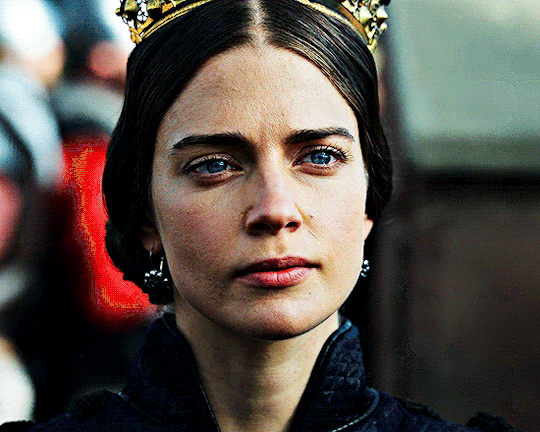
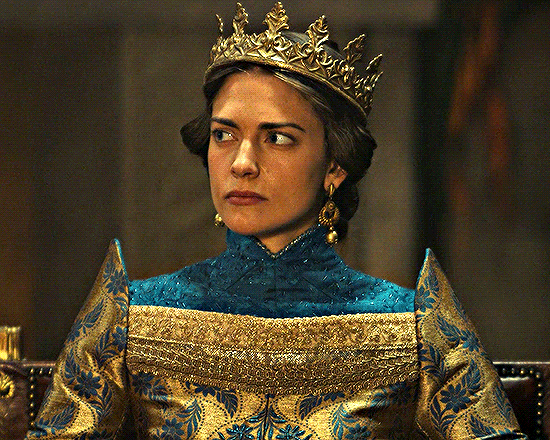


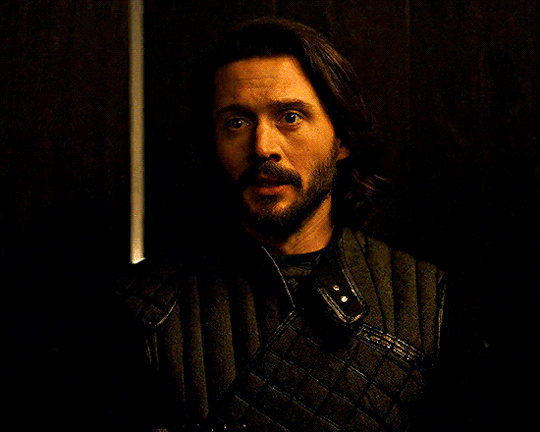


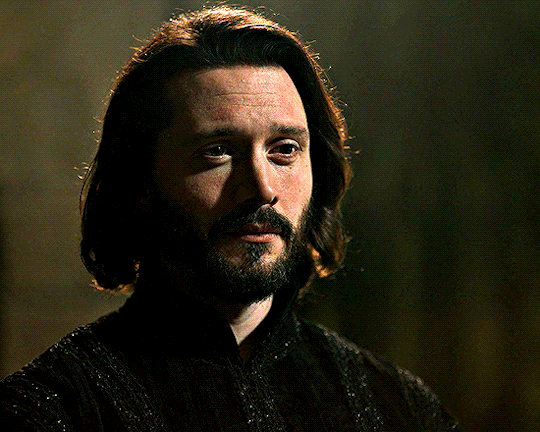
"Neither character was really in power. She was always second to a King, and Godwin never had any power because he's just some guy. So, despite them being the two most intelligent characters in the entire show, they couldn't just go out and do something. What's interesting is that they also didn't align on what their ambitions were. But whereas Emma is more overt and expresses her feelings, doubts, and concerns about Godwin, Godwin is just much better at keeping his cards played close to his chest."
— DAVID OAKES
#they make me unhinged omfg#the chemistry CANNOT be accidental like i'm sure the writers are baiting us atp...#the way every time each of them fuck their partners they suddenly start think about what the other is cooking up lmfao#manifesting that hatefuck in s3 i don't wanna get robbed again of a sexy ship !!#david oakes#laura berlin#vikingsedit#vvedit#vikings valhalla#vikingsvalhallaedit#valhallacentral#emma of normandy#dailynetflix#minimalistsource#dailyactors#dailyvikings#perioddramasource#perioddramaedit#earl godwin#by jen
226 notes
·
View notes
Text





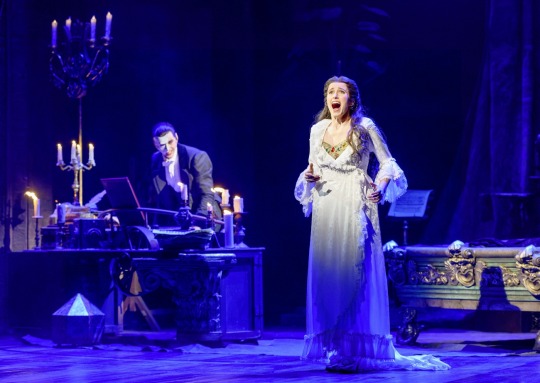

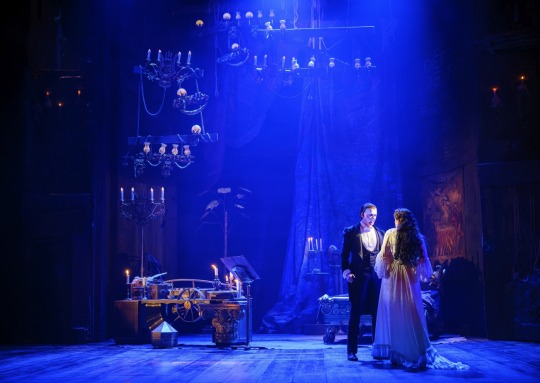



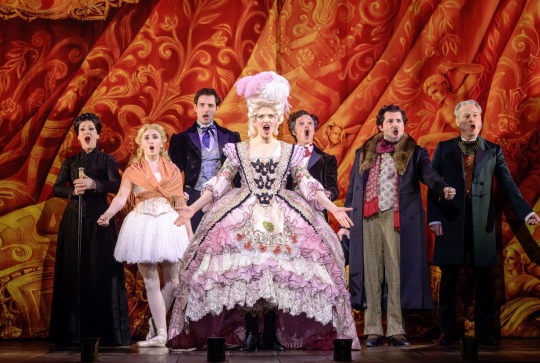







Anton Zetterholm, Lisanne Clémence Veeneman, Roy Goldman and co in the Viennese production of the Restaged Tour
Photos from the official Viennese site
#giving props - the viennese production looks visually great#original boat yo!#and awesome light#and costumes#phantom of the opera#phantom der oper#anton zetterholm#lisanne clemence veeneman#roy goldman#milica jovanovic#thomas sigwald#rob pelzer#patricia nessy#laura may croucher#greg castiglioni#poto vienna#poto austria#restaged tour
167 notes
·
View notes
Text
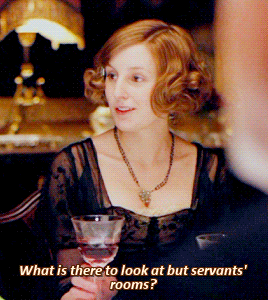

What was the real reason?
#downton abbey#downtonedit#downtonabbeyedit#perioddramaedit#edith crawley#thomas barrow#rob james collier#laura carmichael#da101#thomas and edith#northpost#his face though#thomas it's too late :(
157 notes
·
View notes
Text
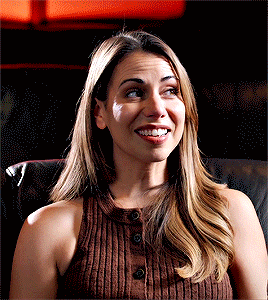
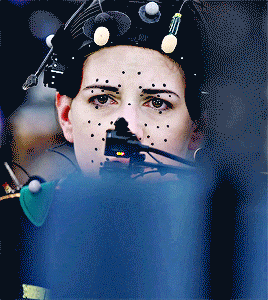
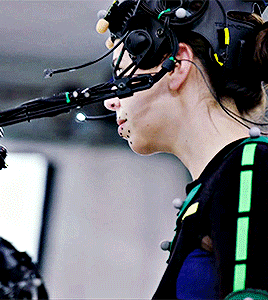
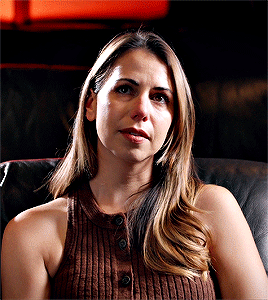

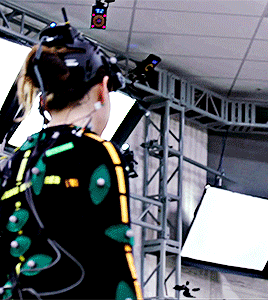
laura bailey in grounded II: making the last of us part II
#last of us#ygifs#laura#it's fine i've just waited so long for abby mocap content!!!! her eyes are so!!!! her performance!!!!!!#also lmao this doc was actually really difficult to watch. all that she was put through was sickening then and completely heartbreaking#the putrid hatred just robbing her of all pride and safety and joy in this exciting project it's just. heartbreaking. infuriating.#just by her own phenomenal performance she changed their minds and got the role they didn't want her for#just by her own phenomenal performance she made them Not kill her character#she bore the cross of this most hated character and only by her unparalleled talent did abby even reach redemption#the fact that the hate robbed the celebration of her caliber I'll never let it go#her Crying during ashley’s performance i’ll never let it go#anyway part 3 queen
135 notes
·
View notes
Photo


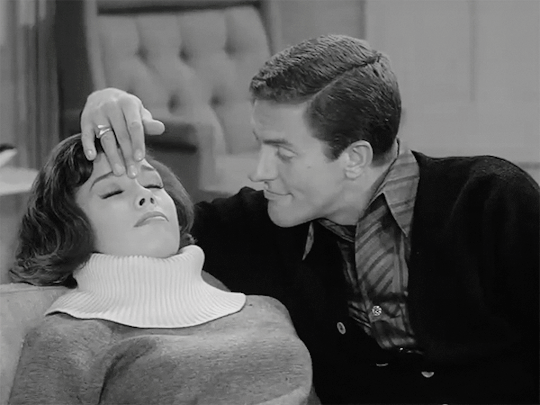
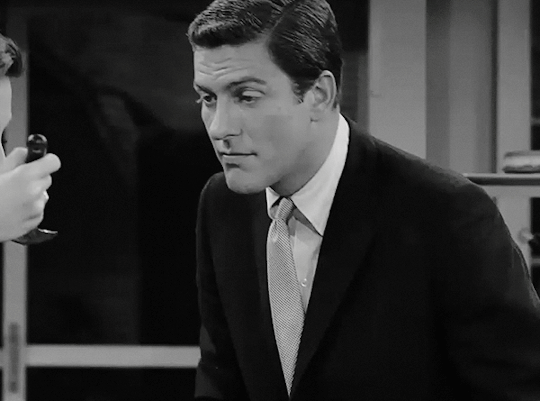
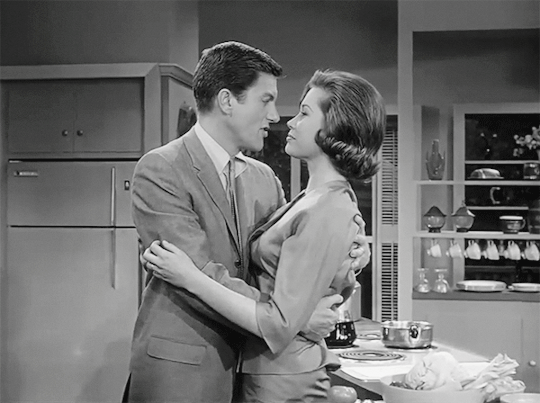
I adored her from the moment we were introduced. I think both of us had each other at hello. We couldn’t stop giggling when we were around each other. I finally asked a psychiatrist friend of mine about it. He stated what was patently obvious: ‘Dick, you’ve got a crush on her.’ I put my head in my hands and laughed. Of course I did. If we had been different people, maybe something would have happened, but neither of us was that type of person. Still, we were stuck on each other. - DICK VAN DYKE on MARY TYLER MOORE
#get a room omg#(applies to both rob & laura and dvd & mtm)#these two literally spent half a century talking about how badly they wanted to bang#but they COUDLN'T because they're DECENT PEOPLE!#the thirst lives on and i love them both for that#the dick van dyke show#dick van dyke#mary tyler moore#tv: shows about nothing#*
597 notes
·
View notes
Text
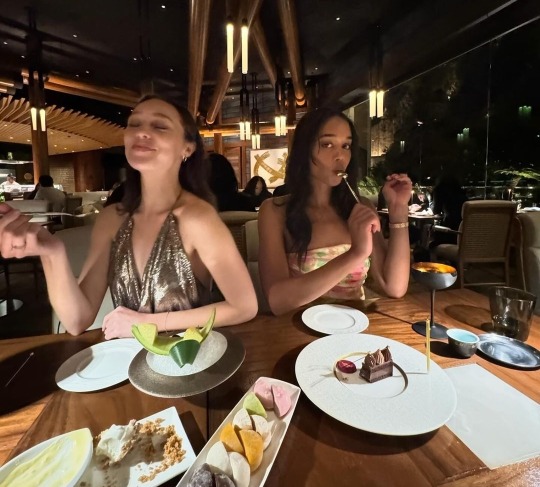
*deep sigh*
Alright
#alycia debnam carey#laura harrier#we were robbed#i would do unnatural things to those shoulders#the one time she doesn't wear a white tshirt or little black dress and we get nothing#*dancing through tears* go girl give us nothing
49 notes
·
View notes
Text
Arcadia is so much funnier if you realize that the Dick Van Dyke show was a hugely popular tv show from thirty years ago, so its like if two agents today went undercover as Fox and Dana Scully but were like "we pronounce it Schooley"
#x files#dana scully#fox mulder#gillian anderson#the x files#msr#scully and mulder#txf#david duchovny#dick van dyke show#rob and laura petrie#arcadia#s6e15
35 notes
·
View notes
Text
The fact that Mulder was the one who chose their undercover names in Arcadia, and instead of choosing something silly from Plan 9 or Star Trek, he named them after one of the most prolific married couples in television history — a couple known for their chemistry 💕 He loves her.

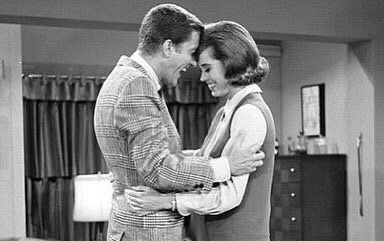

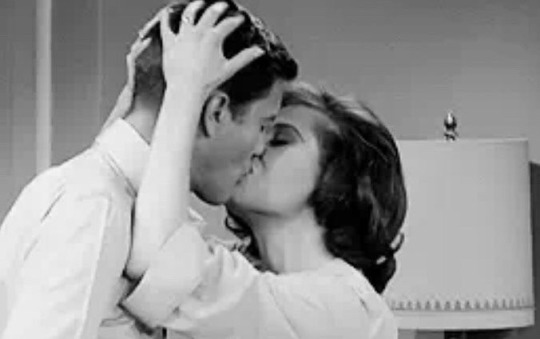
147 notes
·
View notes
Text

20 notes
·
View notes
Text
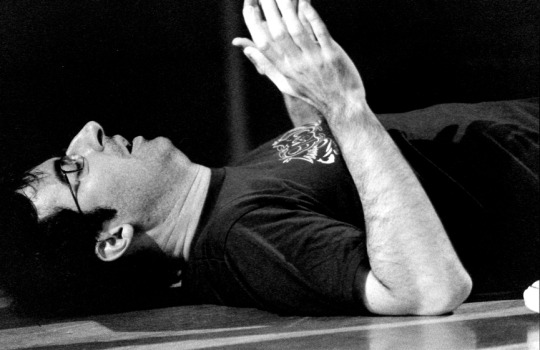

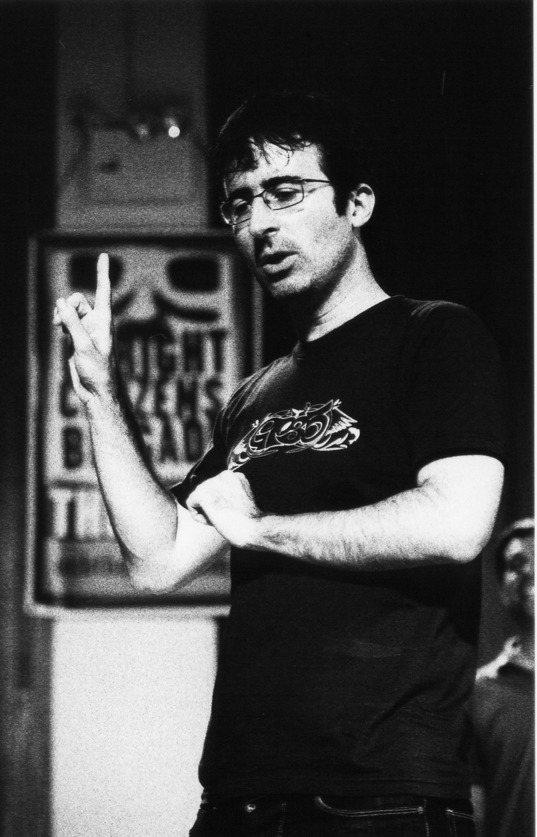




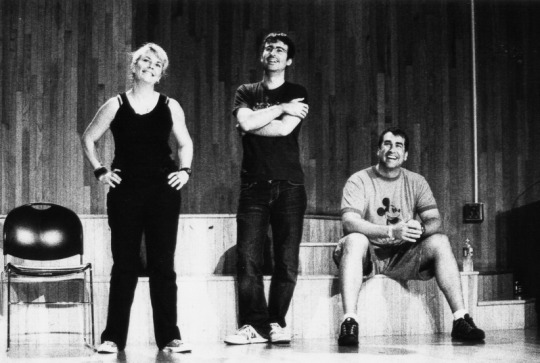
Some of these pics have been reblogged recently, and it reminded me of how I've adored this photoset for over a decade. After a bit of digging, I finally found its original source. And way more photos of John looking just... unbelievably hot.
This is unfair sir
(Photographer: Sharilyn Johnson)
#john oliver#rob riggle#laura krafft#the daily show#the daily show with jon stewart#upright citizen's brigade#i have honestly spent most of this morning just gaping at these and having Multiple Moments#TRULY UNFAIR
21 notes
·
View notes
Text
Sometimes I feel like we were robbed of seeing Natasha, Laura, Clint and Hill being awesome SHIELD agents before the Avengers.
#mcu#marvel#natasha romanoff#black widow#laura barton#agent 19#clint barton#hawkeye#maria hill#shield agents#we were robbed
254 notes
·
View notes
Text
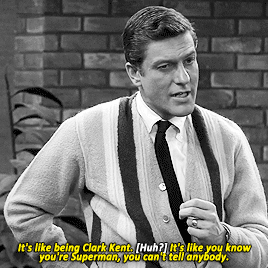



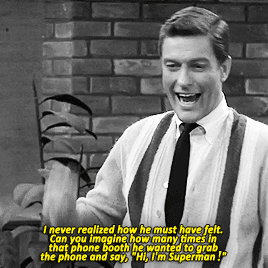

—The Dick Van Dyke Show, “The Redcoats Are Coming”
#The Dick Van Dyke Show#Clark Kent#Tyler Hoechlin#Smallville#Tom Welling#Lois and Clark#Dean Cain#Superman#Parallel#Superman Multiverse#Supergirl#Dick Van Dyke#Mary Tyler Moore#Rob Petrie#Laura Petrie#4.20 The Redcoats Are Coming#Superman & Lois
78 notes
·
View notes
Photo




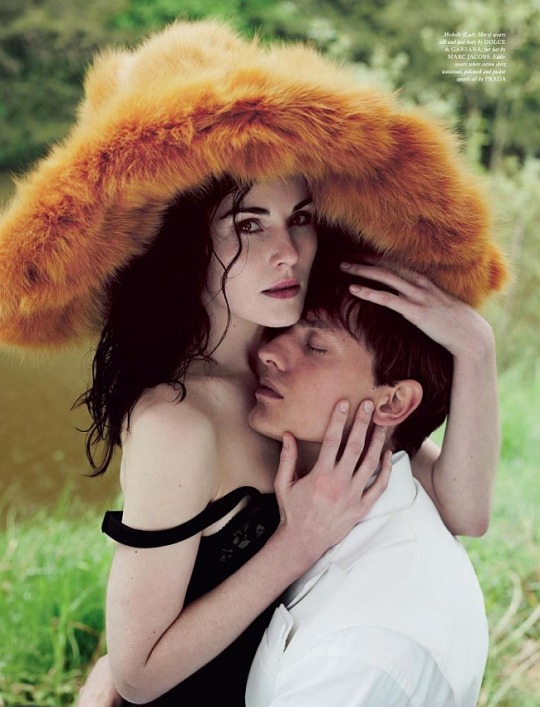
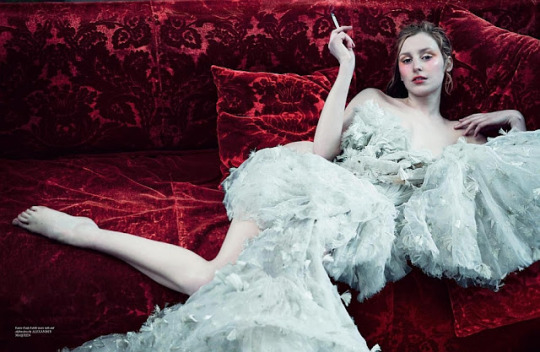
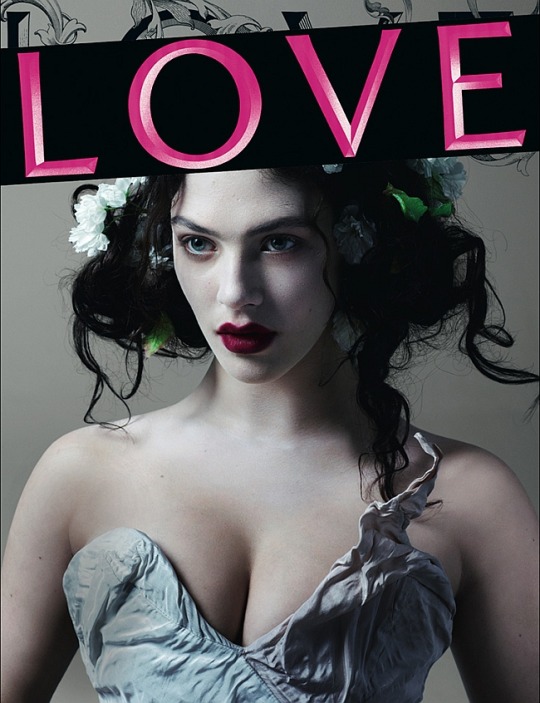
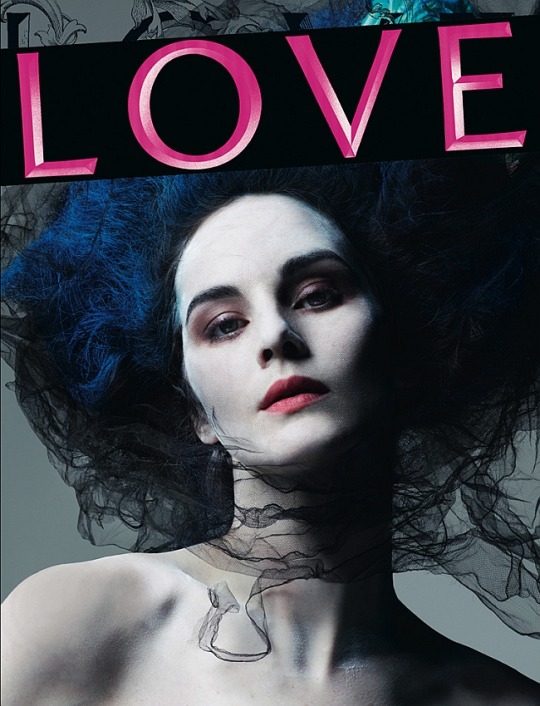

#downton abbey#thomas barrow#rob james collier#mary crawley#edith crawley#sybil crawley#michelle dockery#jessica brown findlay#laura carmichael
823 notes
·
View notes
Link
How realistic is Downton Abbey?
British Heritage Travel, March 27, 2023
The period mellow drama has fans around the world but today we ask just how realistic is Downton Abbey?
From Boston to Brisbane, Downton Abbey has fans around the globe. The sweeping period drama chronicles the historical events and early 20th-century lives of the residents of stately Downton Abbey, home to the Crawleys - the Earl of Grantham and his family - and all who ebb and flow in its umbra.
Drawing on the upstairs/downstairs tradition of Upstairs, Downstairs, the structure itself is a popular, proven series format. With almost three-dozen characters living at Downton, the viewer is expected to follow and care for, there’s someone or several with whom anyone can identify.
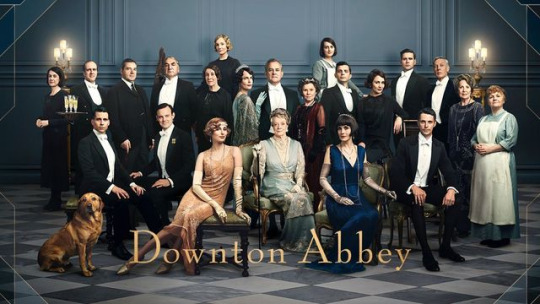
The lavish production of the Edwardian nobility’s elegant world is both dizzying and dazzling. Upstairs, this world is governed by the conventions of the aristocracy as much as by the hierarchical order radiating from the Earl of Grantham, his mother, the Dowager Countess, and his American-born wife, Cora. Downstairs, the pecking order is even more rigid, with the butler, Mr. Carson, and the housekeeper, Mrs. Hughes, unassailable at the top of the social pyramid.
youtube
There are few grays in the Downton Abbey world. Right, wrong, done, and not done are clearly known by all. Much-applauded author Julian Fellowes has made sure that we know black from white in this world as well. There are the good guys and girls and there are the villains. We can’t understand how everyone from scullery maid Daisy to Lady Grantham fails to see that footman Thomas and Lady’s maid O’Brien are a bad lot all around. Among the questions I have been asked most about Downton Abbey is how accurately the series depicts Edwardian and post-Edwardian life in an aristocratic home such as Downton. Are we getting the real picture?
How truthful is Downton Abbey?
In most respects, very. The one element that does not ring true is the easy interaction and conversation between the upstairs world of the family and their peers and the downstairs world of the hired help. That just didn’t happen (or at least not on such a scale). Most of the family wouldn’t have even known a housemaid’s name. These great country homes had back stairways for a reason. There’s not going to have been much interaction between these social sets, let alone much of an emotional connection. Of course, it always takes some element of the improbable to make a story a story instead of a dull narrative.
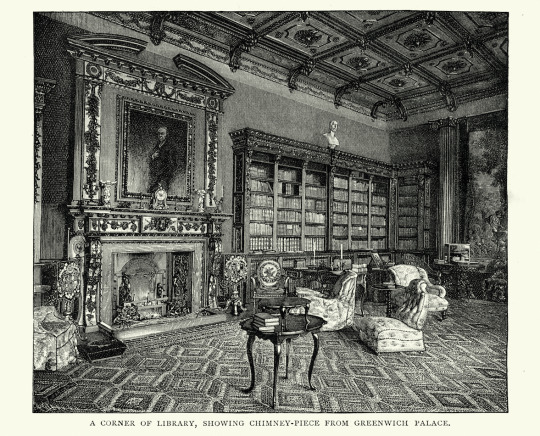
Downton Abbey is inexplicably situated in distant Yorkshire (probably to avoid having to weave London life into the tale). In “real life,” the series is shot at Highclere Castle, near the Berkshire market town of Newbury - about 65 miles west of London. What was originally, and probably more accurately, named Highclere House, the “castle” has been the ancestral home of the Earls of Carnarvon for more than 300 years. Its present residents are the youngish 8th Earl and Countess of Carnarvon.
Vising the real Downton Abbey
With unknown crowds of others, I went to see Highclere Castle this spring - just to catch the buzz and a few pictures. While Highclere Castle is open to the public regularly only from July through mid-September, they do open for a two-week spring season at Easter. The weather was generally gray and wet on the April Friday I was there, but the place was mobbed and the sun broke out. Most folks were there to visit Downton Abbey. In fact, a huge marquee had been erected on the back lawn to serve as an auxiliary tearoom to the regular café located downstairs in the old housekeeper’s suite.
No, somehow the crowds didn’t dampen the experience at all. I wandered the grounds and gardens, where folk were picnicking and kibitzing with the gardeners.

The stream of visitors into the house was controlled to keep the flow from feeling crowded or hurried. Stewards in each room were helpful with questions, but not obtrusive. The Earl and the estate staff are hardly oblivious to Highclere’s new reincarnation as Downton Abbey in the popular imagination. Each room contains a photo placard identifying how the room has been used and filmed in the series, from the Grand Parlor to the bedroom where the unfortunate Mr. Pamouk stayed, eh, briefly.
It’s a grand house indeed. It ought to be. Designed and built by Charles Barry, the architect of the Houses of Parliament, Highclere is one of England’s showcase Victorian mansions. Certainly the ground floor reception rooms are recognizable from the series. You won’t see Lady Mary or Carson gliding out of the dining room—but it’s easy to imagine..
Downstairs, the old servants’ domain has long been turned to more functional service space. The path of the house visit takes you downstairs to the tearoom and out into the carriage house yard and gift shop. Vestiges of the old service quarter remain. In the lower hall, the old bell board still hangs, where maids and footmen could be summoned by bell to any room in the house. I counted the named rooms signaled on the bell board. There were 64.
What happened to the world of Downton Abbey?
The other question about the series that I’ve received time and again still remains: “Whatever happened to the world of Downton Abbey?”
Part of the enjoyment we derive from period dramas like Downton Abbey is our understanding that these are, indeed, images of times past, from a world that no longer exists and will never exist again. The halcyon life of the British landed aristocracy reflected at Downton Abbey, though, is less than a century old. Why did it disappear so quickly and so completely? Where are Britain’s Downton Abbeys today?
Well, they write books about that. There is a short answer, though, and part of it is found in the series itself: The Great War. Among other effects of the war, Europe’s conflagration virtually drained Britain of a generation of young men. For the men remaining as well as for women, new avenues of employment quickly opened up that competed well against the option of domestic service.

Britain’s economic engine had already changed, however. Wealth no longer lay in the land that supported the old aristocracy; it lay increasingly in the manufacture and in commerce. Social and political power had shifted as well. Through the early 1900s, the working classes increasingly realized the power of their voice and vote. The social institution that best-represented community for nonagricultural workers became no longer the church or chapel, but the trade union. The unions provided workers with social clubs and institutes, a small measure of the economic safety net, and incrementally a better working life. And the unions exercised the political power of their united working-class voice.
When the Labour governments came in between the wars, they began a systematic program to dislodge the landed wealth of the hereditary peerage and gentry. Among the primary means of doing so was the establishment of death duties at deliberately confiscatory levels. It was, after all, the land that provided the principal income to the estate - in the form of ground rent. As the old baron died, his family had to sell up significant quantities of land to pay the death duties. That left measurably less rental income to maintain the estate and the family.
What does that mean?
After a couple of generations, there was just nothing left - or not enough left to maintain a home-like Downton Abbey. From Devon to Durham, hundreds of families were left with these huge, magnificent, historic albatrosses around their neck. From the 1920s-1960s scores of such stately homes were simply torn down. Dozens of grand country homes were gradually ceded to the National Trust, who do a monumental job of conserving them for the nation. Most of those still in private hands open their gates, gardens, and doors to paying visitors, whose admissions serve to provide the vastly expensive maintenance costs on such arky mansions. In many cases, that’s not enough, and the enterprising old stock has enhanced their entertainment appeal with everything from safari parks and farm stands to hosting weddings.

Whatever happened to Downton Abbey? It became Highclere Castle. The series has raised the profile of Highclere Castle just as Brideshead Revisited did for Yorkshire’s Castle Howard. The swell of visitors this spring is undoubtedly only a foretaste of the paying guests the house will receive during the summer season, one hopes.
#downton abbey#downton abbey movie#hugh bonneville#michelle dockery#jim carter#phyllis logan#matthew goode#allen leech#joanne froggatt#rob james collier#laura carmichael#architect#charles barry#downton abbey tv series#british heritage#yorkshire#travel#stately home#british aristocracy#tv drama#period drama#lord grantham#the crawleys#lady mary#henry talbot#mr carson#mrs hughes
97 notes
·
View notes